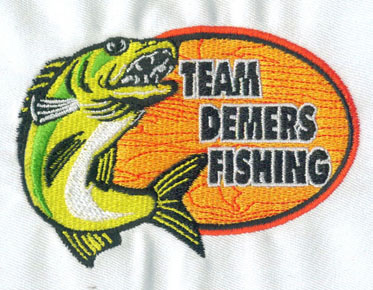What Needle is Best for Dense Embroidery? A Detailed Analysis
Embroidery on dense fabrics or creating
intricate designs with high stitch counts requires careful selection of embroidery needles. The choice of
needle can significantly impact the quality of the embroidery. This article
provides insights into selecting the best needle for dense embroidery and the
factors that should be considered.
I. Understanding Needle Sizes and Types
A. Needle Sizing System
Embroidery needles are sized based on a
European and American system. For example, a needle size 75/11 indicates 75 in
European sizing and 11 in American. Larger numbers indicate larger needles.
B. Types of Needles
There are various types of embroidery needles
including universal, ballpoint, and sharp needles, each with distinct
characteristics suitable for different materials and embroidery types.
II. The Relationship Between Needle Size and Fabric Density
A. Dense Fabrics and Larger Needles
For dense fabrics, larger needles are
generally more suitable as they are stronger and able to penetrate the fabric
without breaking. A size such as 90/14 is often recommended.
B. Delicate Fabrics and Smaller Needles
Conversely, delicate or lightweight fabrics usually require smaller needles, such as 75/11, to prevent damage to the fabric.
III. Selecting Needles for High Stitch Density Designs
A. Importance of a Strong Needle
Embroidery designs with high stitch
density require a needle that is strong enough to handle the numerous stitch
penetrations without bending or breaking.
B. Choice of Needle for Dense Designs
A larger needle, such as size 90/14, is generally
recommended for designs with high stitch density, irrespective of the fabric
type.
IV. Importance of Needle Eye Size
A. Thread Thickness and Needle Eye
The size of the needle’s eye should be
compatible with the thickness of the embroidery thread to prevent thread
fraying or breaking.
B. Choosing the Right Eye Size
For dense embroidery, which may use thicker
threads, a needle with a larger eye is beneficial. This minimizes friction and
allows the thread to move freely through the eye.
V. Role of Embroidery Digitizing Services in Needle Selection
A. Digitizing for Optimal Stitch Density
Embroidery digitizing services
can optimize the design to ensure an appropriate stitch density. This is
important as it helps in choosing the right needle to match the design’s
requirements.
B. Expert Recommendations
Embroidery digitization services can also provide recommendations on the most suitable needle size and type for a given design, ensuring compatibility between the needle, fabric, and thread.
Conclusion
When working on dense embroidery, whether it
be due to fabric density or high stitch density designs, it is crucial to
select a needle that is both strong and compatible with the thread and fabric.
Generally, a larger needle with a bigger eye, such as 90/14, is recommended. Digitizing services for embroidery can
be invaluable in optimizing designs and guiding needle selection to ensure the
highest quality embroidery outcomes.
VI. Frequently Asked Questions (FAQs)
1. Can I use a universal needle for dense embroidery?
While universal needles can be used for a
range of materials, for dense embroidery it is advisable to use a needle
specifically suited for the fabric and stitch density, such as a size 90/14
needle.
2. How often should I change the needle when
working on dense embroidery?
Dense embroidery can cause faster wear on the
needle. It's advisable to change the needle after every project or whenever you
notice signs of dullness or bending.
3. Can custom digitizing services help me
choose the right needle?
Yes, custom
digitizing services have the expertise to optimize your design for stitch
density and provide recommendations on the appropriate needle size and type for
your specific project.



